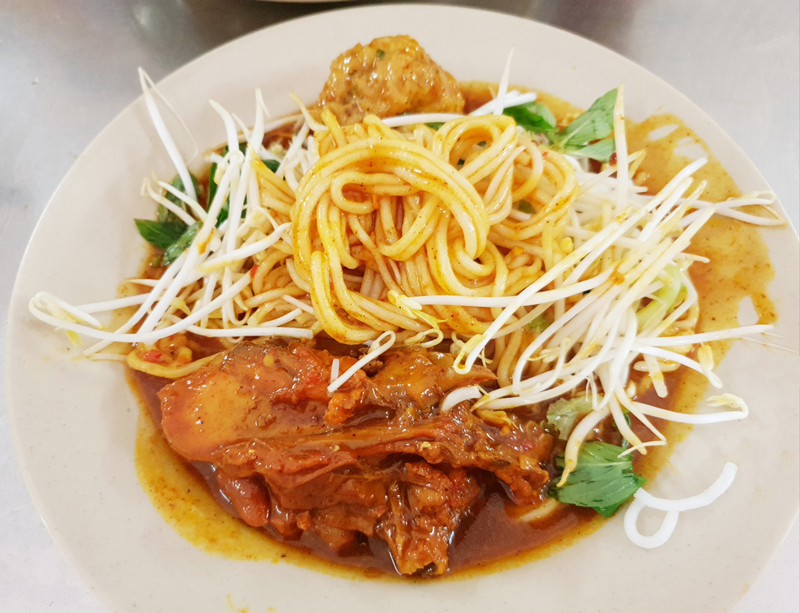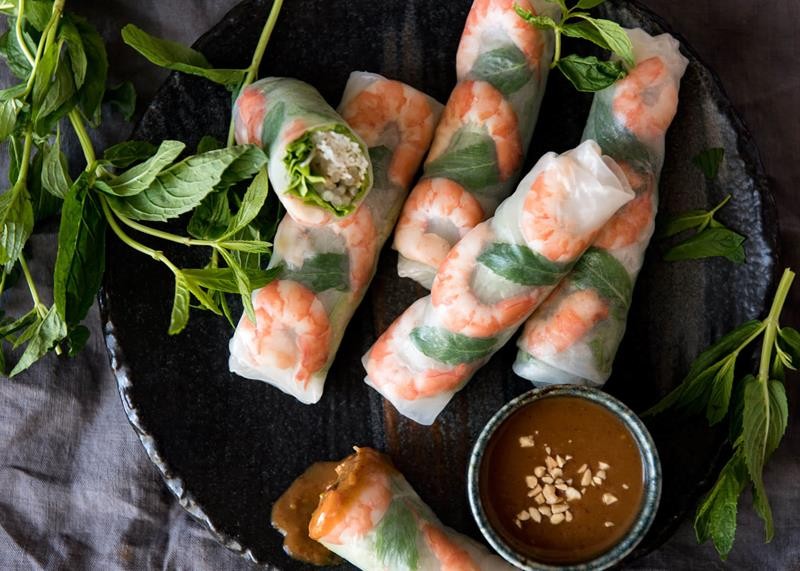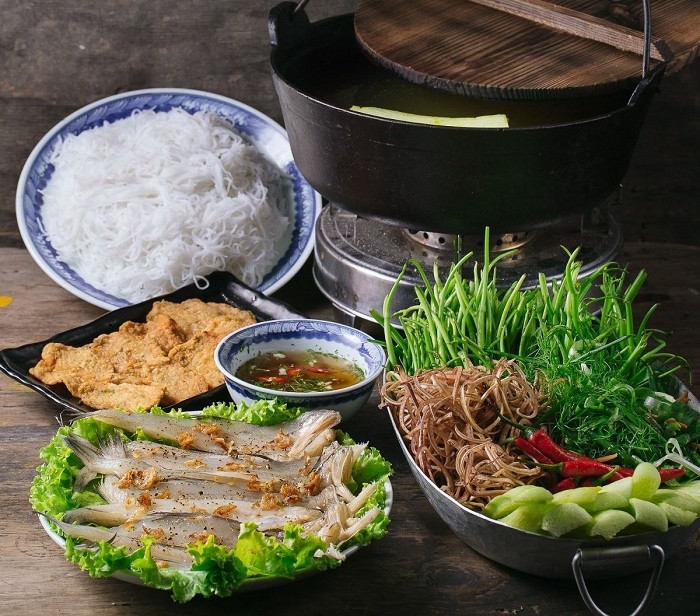Making Salted Ba Khia: a Ca Mau Tradition - Video
| Ca Mau province addresses challenges in investment projects | |
| Odd specialty in Ca Mau that brings tears of joy to food fanatics | |
| Ca Mau’s pristine sites and cultural values magnet for tourists |
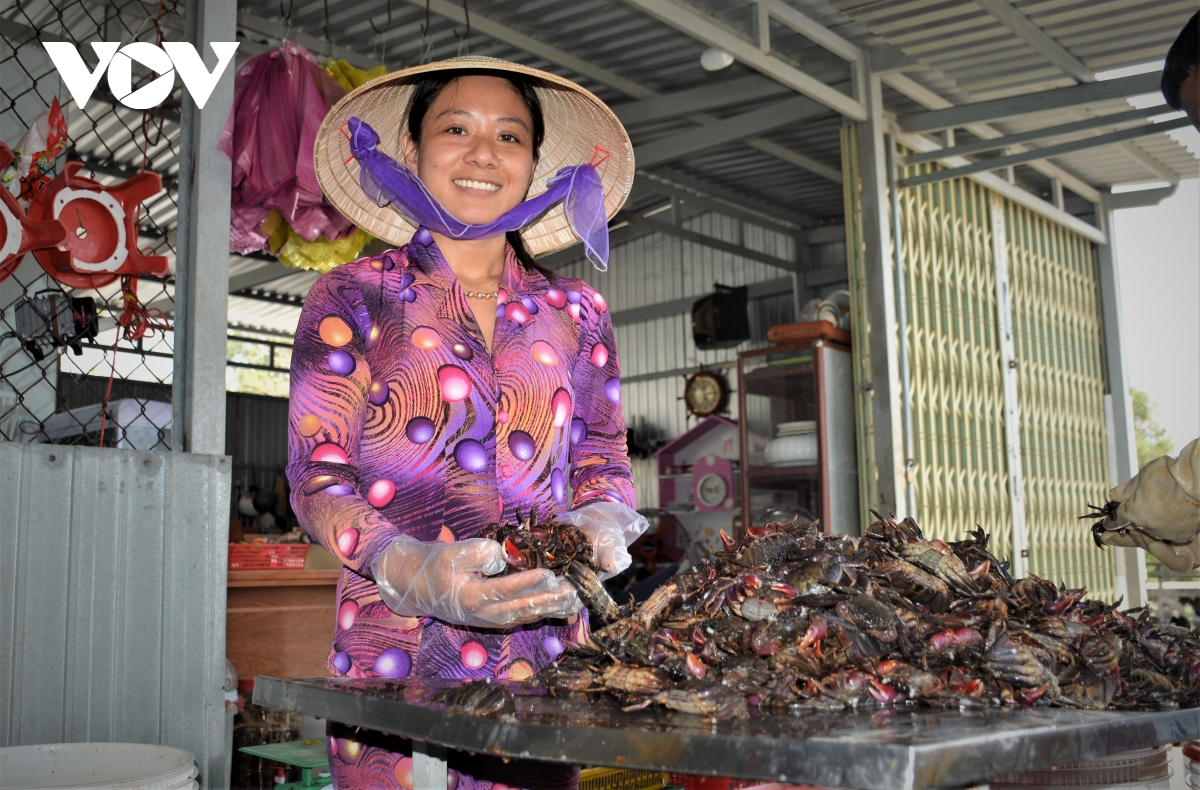 |
| Salted ba khia is a culinary specialty of Ca Mau province. Photo: VOV |
Ca Mau's salted and fermented ba khia
The profession of salting ba khia (three-striped crab) has existed since ancient times in Ca Mau. No one knows exactly when this profession was formed, only knowing it as a traditional profession passed down from generation to generation. At present, the making of salted ba khia is still developing in the coastal districts of Ca Mau province such as Dam Doi, Phu Tan, Nam Can, Ngoc Hien.
According to local people, the three-striped crab of Rach Goc town is particulalry delicious because of the food source and natural conditions here. Nguyen Hong Dam, a household business owner who has made salted ba khia for many years, said: "Ba khia in Rach Goc is famous because of the mangroves and alluvium in the area. Ba khia eat special foods from nature, so it's delicious, sweet and firm."
Local people say that, many years ago, the source of three-striped crab was very rich. In season (around July-September of the lunar calendar), people go to catch ba khia and carry it by canoe. Not consuming it all, people have thought of a way to salt it to preserve it longer.
Experience catching three-striped crab in Ca Mau. Video: VnExpress
How to make salted ba khia?
After many years, the basic steps for salting the three-striped crab remains unchanged. In the past, people would go to catch ba khia and carry jars of ready-made salt water where they would just put them in the boat, wash them and put the crabs in the jars to bring back. The next morning, they would take out the crabs to dry, stir in more salt water and cover tightly to eat gradually.
Today, people or business making three-striped crabs do not immediately salt them, but leave time for the crabs to get thirsty. After that, they put the crabs in ready-made concentrated salt water jars, and the three-striped crabs drink the salt water and die. People call it the "killing crabs" stage. This is a very important step because the amount of salted water taken in will help preserve the three-striped crabs for longer, resulting in a richer taste.
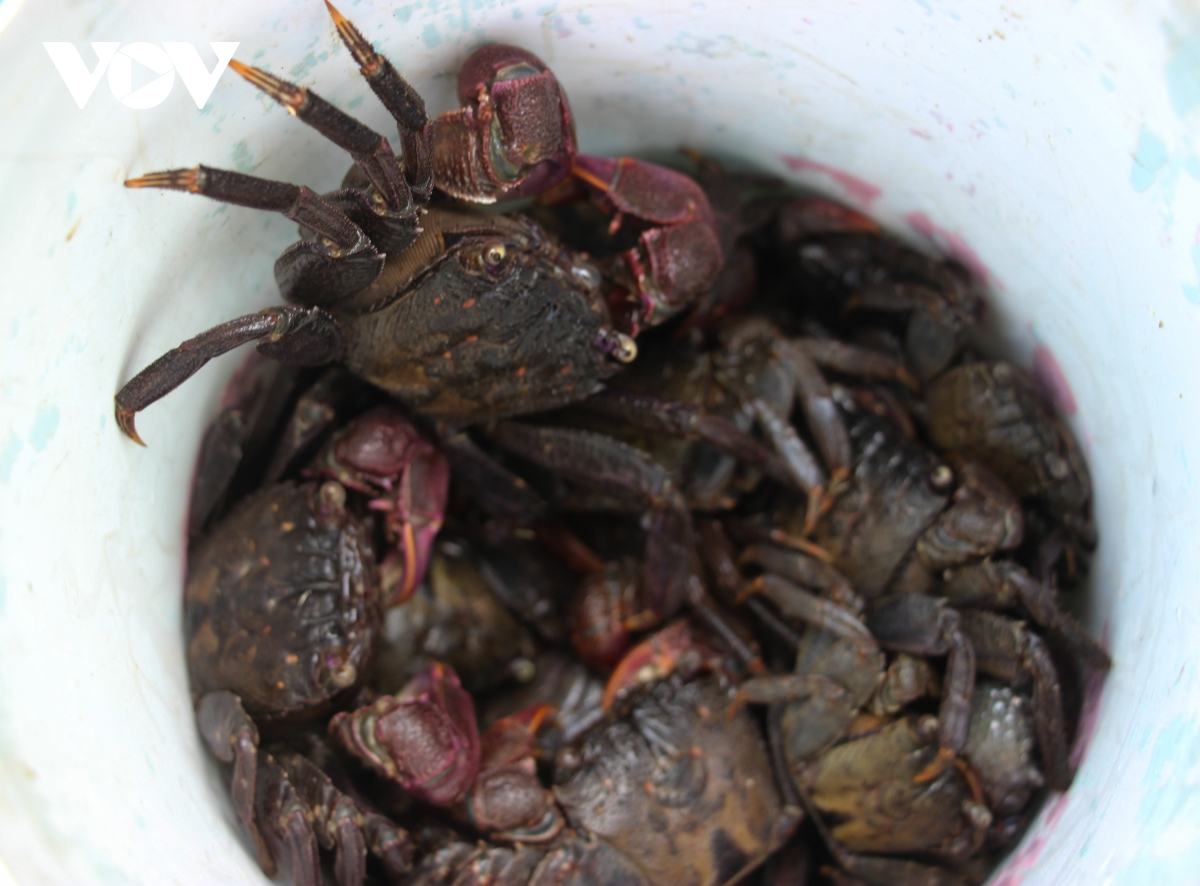 |
| Ba khia in Ca Mau. Photo: VOV |
After that, the crabs are washed, slit again, drained, and arranged in layers into the jar to add salt water; they call this the "ba khia salting" stage.
Salted ba khia with insufficient salinity will spoil but too salty will not be accepted. Therefore, although the stages of salting the three-striped crabs are quite simple, it is not easy to make a delicious dish. Salted crab can be eaten after about 1 week. When eating, people will mix a marinade with spices including lemon, garlic, chili, pineapple and sugar,. Eating with this makes the ba khia less salty and more delicious.
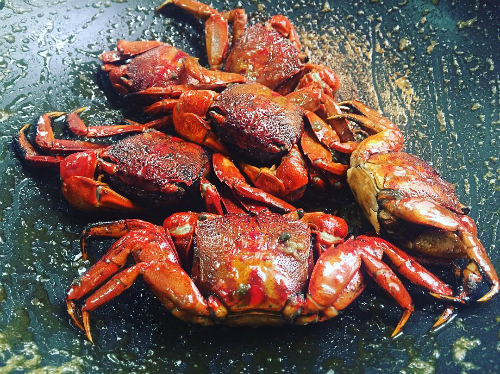 |
| Fried crabs with tamarind sauce are easy to find in Ca Mau. Photo: VnExpress. |
Salted ba khia is being marketed by the people of Rach Goc town with two main products: whole salted ba khia and pre-mixed ba khia. Ca Mau province's salted crab is very popular with customers, with supply never meeting demand.
Ba khia salting profession
La Quoc Khanh, vice chairman of the Farmers' Association of Ngoc Hien district, said that the declining number ba khia was a very difficulty that everyone faced. What is needed now is how a method of breeding crabs to protect the resources, thereby, promoting the traditional craft of many generations of local people.
"Crab grows in the natural environment, so people can't take the initiative in the supply. Depending on the weather conditions, they can catch more or less," said La Quoc Khanh. "Therefore, crab-making establishments are afraid to work with authorities to build brands for crabs. However, in fact, when they have certificates and contracts, they still can't meet the needs of the market."
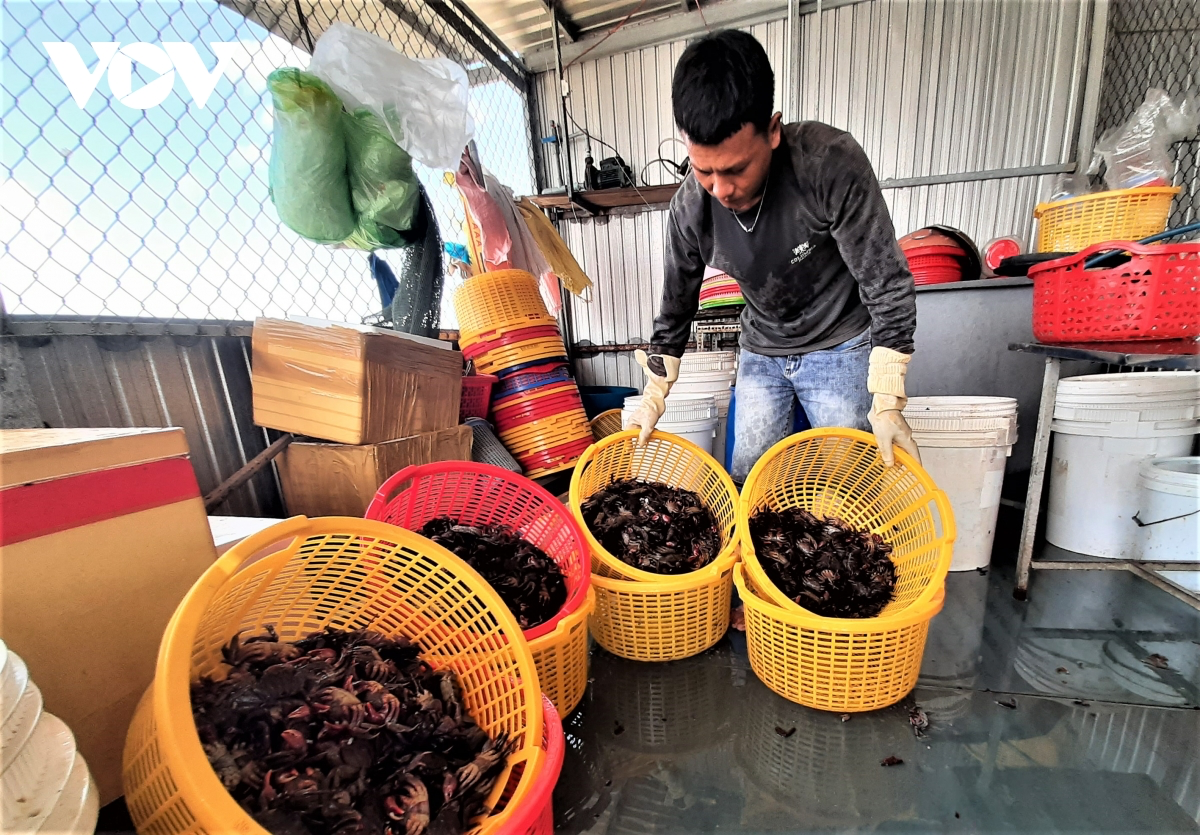 |
| Making salted ba khia has been recognized as a National Intangible Cultural Heritage Photo: VOV |
In mid-2020, Ca Mau people's making of salted ba khia was recognized as a National Intangible Cultural Heritage. Since then, the salted ba khia product has become more popular.
The Ca Mau Department of Culture, Sports and Tourism and the People's Committee of Ngoc Hien district are planning to form traditional salted ba khia craft villages, combined with the promotion and introduction of products to serve tourists. However, crab depletion is a problem that needs to be solved.
Ba khia (three-striped crab)The wetland-dwelling ba khia (three-striped crab) is most popular in the southern coastal provinces of Bac Lieu and Ca Mau where locals consider the creature a delicacy. Ba khia in Ngoc Hien district’s Rach Goc town is considered the best in the region. For generations, the crab has been preserved and eaten year-round as a salty addition to most meals. These days, urban cooks are coming up with new and interesting takes on the once-simple delicacy. Ba khia is easily identified by its pincers and eight "furry" legs. Its underbelly is typically ruddy and their flavourful insides are either orange or grey. Ba khia is typically found in brackish coastal mangrove forests. The striped crustaceans typically hide out in these forests all day, coming out to feed at night. |
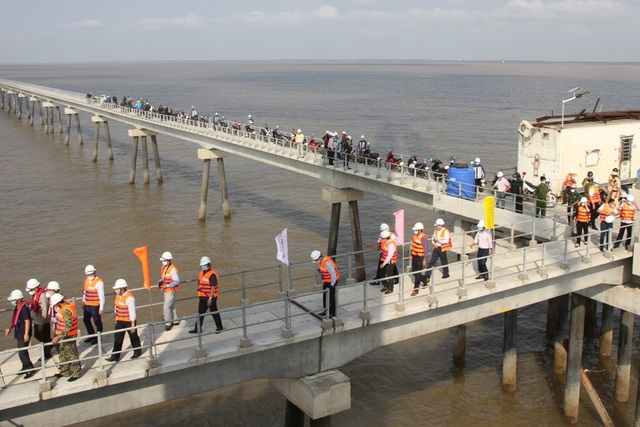 | Ca Mau strictly handles illegal foreign workers amid Covid-19 fear Chairman of Ca Mau Province People’s Committee has requested to review and closely monitor foreign workers in the locality to avert illegal immigrants. |
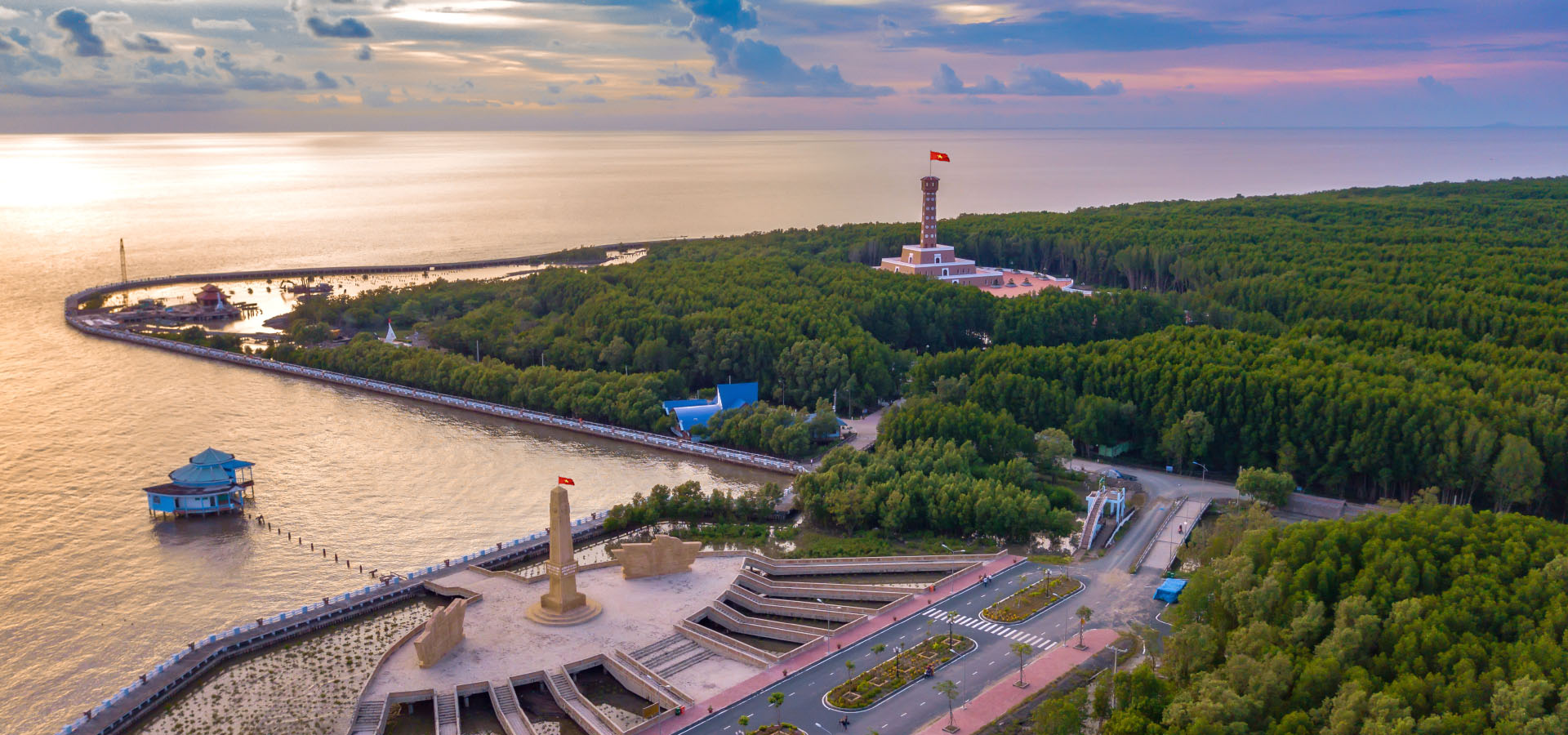 | Ca Mau: Beautiful natural land of islands and forests Ca Mau is known as the end of the country and is always a Western tourist destination that must come once in life, and is ... |
 | Ca Mau develops unique products to promote tourism The People’s Committee of the southernmost province of Ca Mau on March 26 organised a conference on tourism promotion in order to reform the local ... |
Recommended
 Handbook
Handbook
Vietnam Moves Up 8 Places In World Happiness Index
 Handbook
Handbook
Travelling Vietnam Through French Artist's Children Book
 Multimedia
Multimedia
Vietnamese Turmeric Fish among Best Asian Dishes: TasteAtlas
 Handbook
Handbook
From Lost to Found: German Tourist Thanks Vietnamese Police for Returning His Bag
 Handbook
Handbook
Prediction and Resolution for the Disasters of Humanity
 Handbook
Handbook
16 French Films To Be Shown For Free During Tet Holiday In Vietnam
 Handbook
Handbook
Unique Cultural and Religious Activities to Welcome Year of the Snake
 Handbook
Handbook


